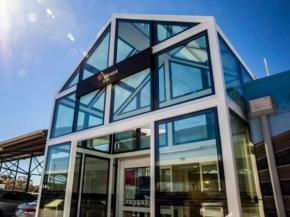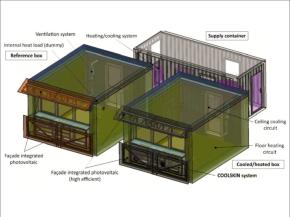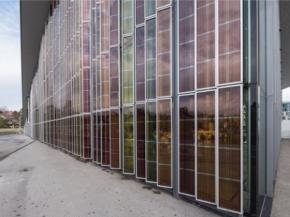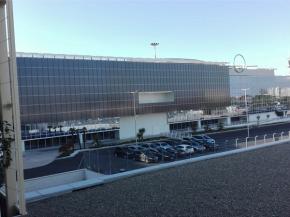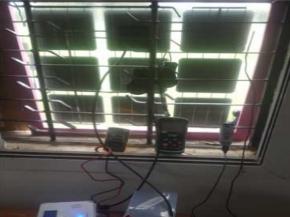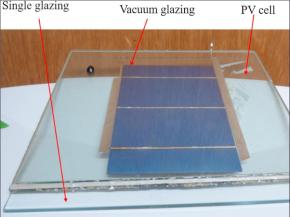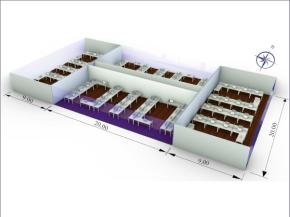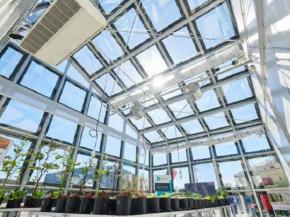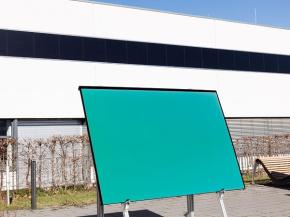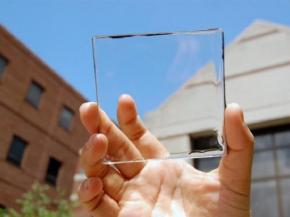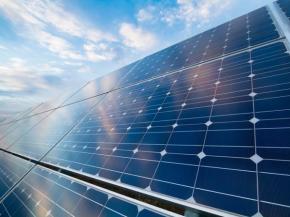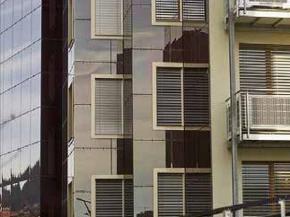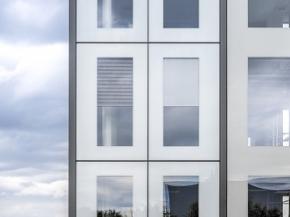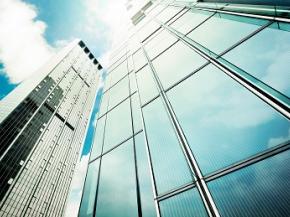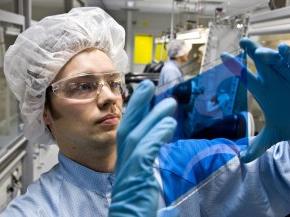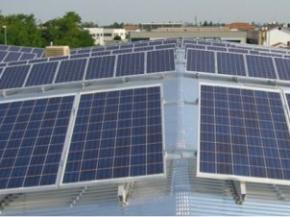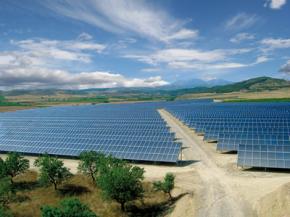Latest articles
| At present, widespread energy innovations in terms of optimizing both the on-site distributed energy generation and the energy use intensity are urgently required in the built environment and in agricultural production facilities.
| In this article the analysis of the electric performance of the COOLSKIN system with respect to its operation under different environmental conditions is presented.
| BIPV represents an important field to explore, since PV systems have an enormous potential within the context of architectural and urban design.
| This paper focuses on the fire safety aspects related to the use of fire PV panels and systems in building facades.
| Investigations of Electrical and Optical Performances for Window Applications in Tropical Region
| In this work, thermal and electrical performances of a multicrystalline silicon based PV-vacuum glazing were characterised using indoor test cell.
| Abatement of the high building energy is possible by employing semitransparent photovoltaic window which has triple point advantages as they control the admitted solar gain and daylight and generates benign electricity.
| Introducing BIPV and WIPV solar window systems
| Industrial manufacture of solar building components and their integration into the building planning process
| I want you to think about your daily journey to work. Take a minute, visualize it – and then answer me this: How many glass surfaces did you see? Too many to remember?
| A clean, safe and sustainable source of energy, solar continues to power the world at a faster pace than ever before.
| Along with the multifunctionality of the building skin, BIPV today involves a new aesthetics in contemporary architecture.
| Over half the world’s seven billion inhabitants live in cities, by the year 2050 the number will grow to almost ten billion. In order to avoid a climatic collapse in the metropolises, there is no other alternative to energy-efficient buildings.
| Cities are eating up an increasing amount of heat and electricity. In order to reduce this consumption, buildings have to become increasingly efficient and integrate more renewable energies.
| The efficiency of photovoltaic modules is far from being exhausted. Companies are fighting on many fronts to gain percentage points.
| Photovoltaic modules are components used for the production of electricity from solar energy and, thanks to their morphological and constructive configuration, are suitable for integration in the external skins of buildings.
| PVB is increasingly assuming the leading role among alternative encapsulation materials for solar cells as the alternatives to Ethylene-Vinyl-Acetate (EVA)

